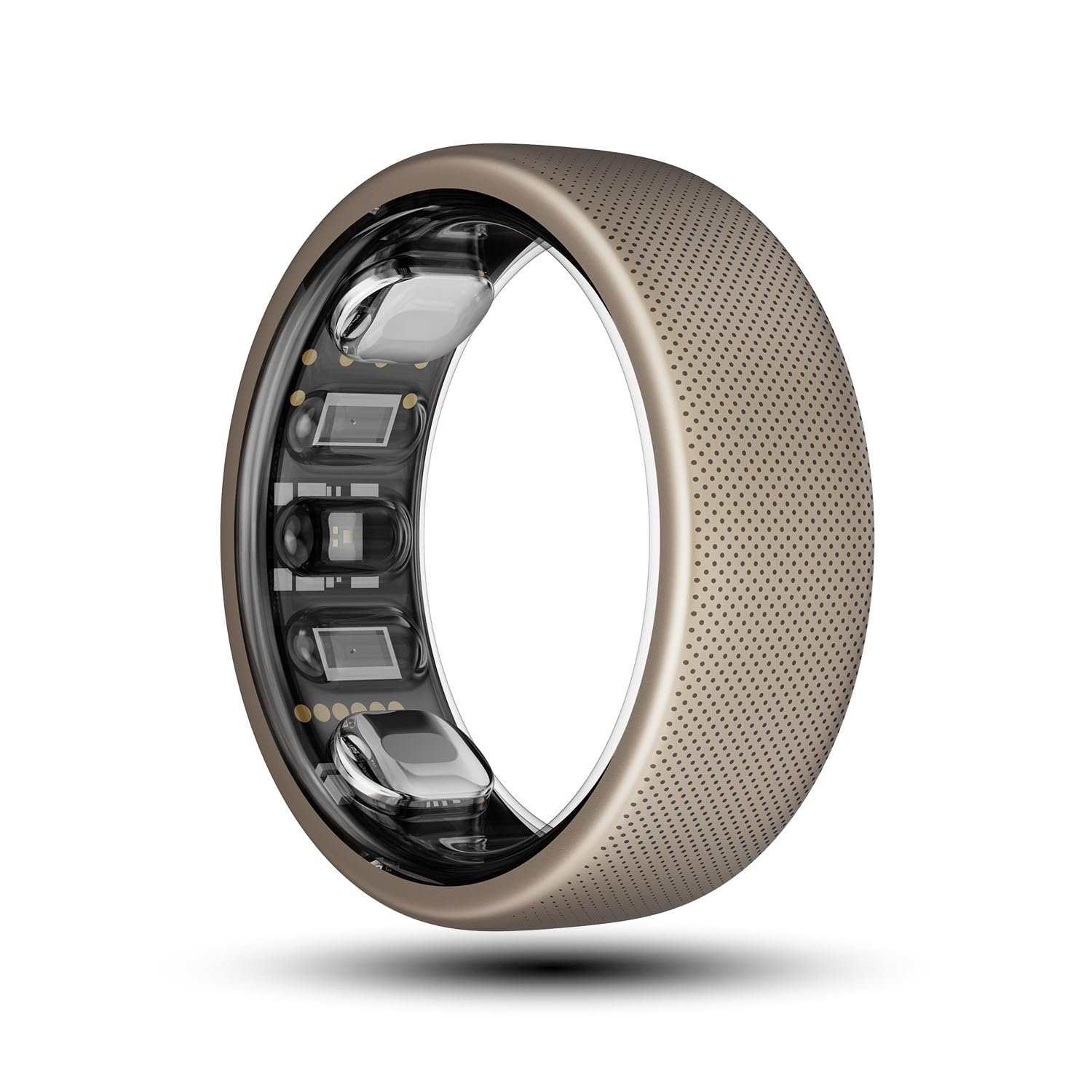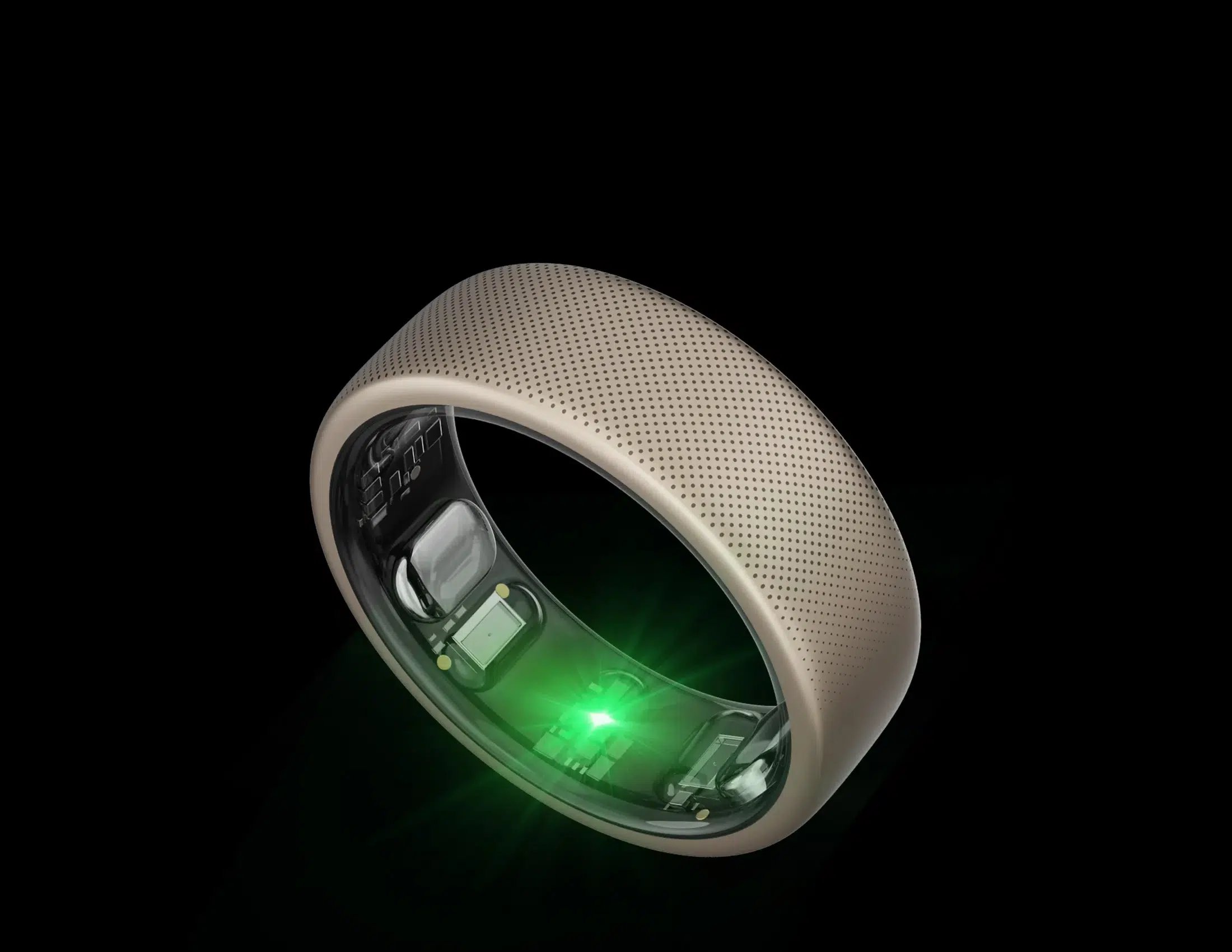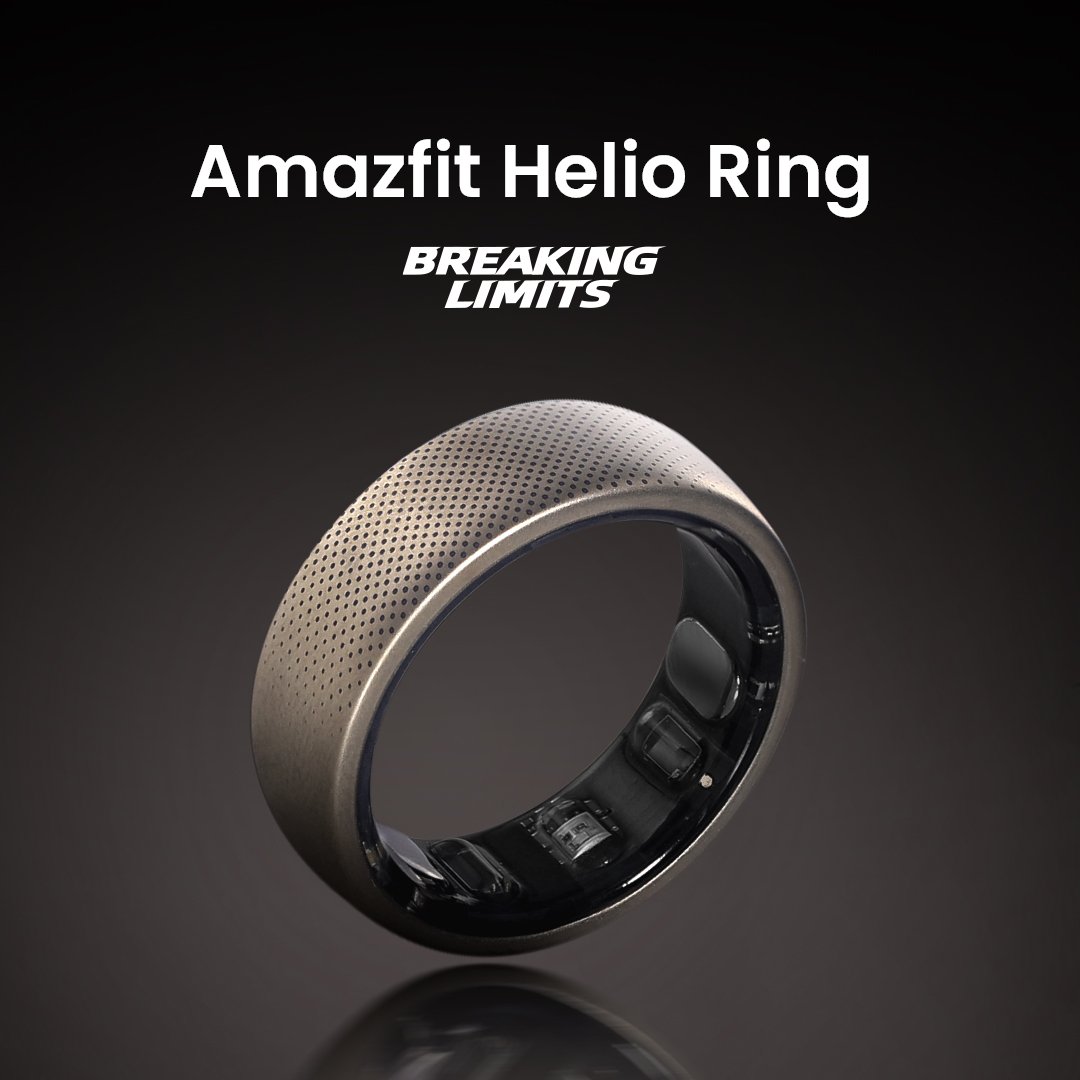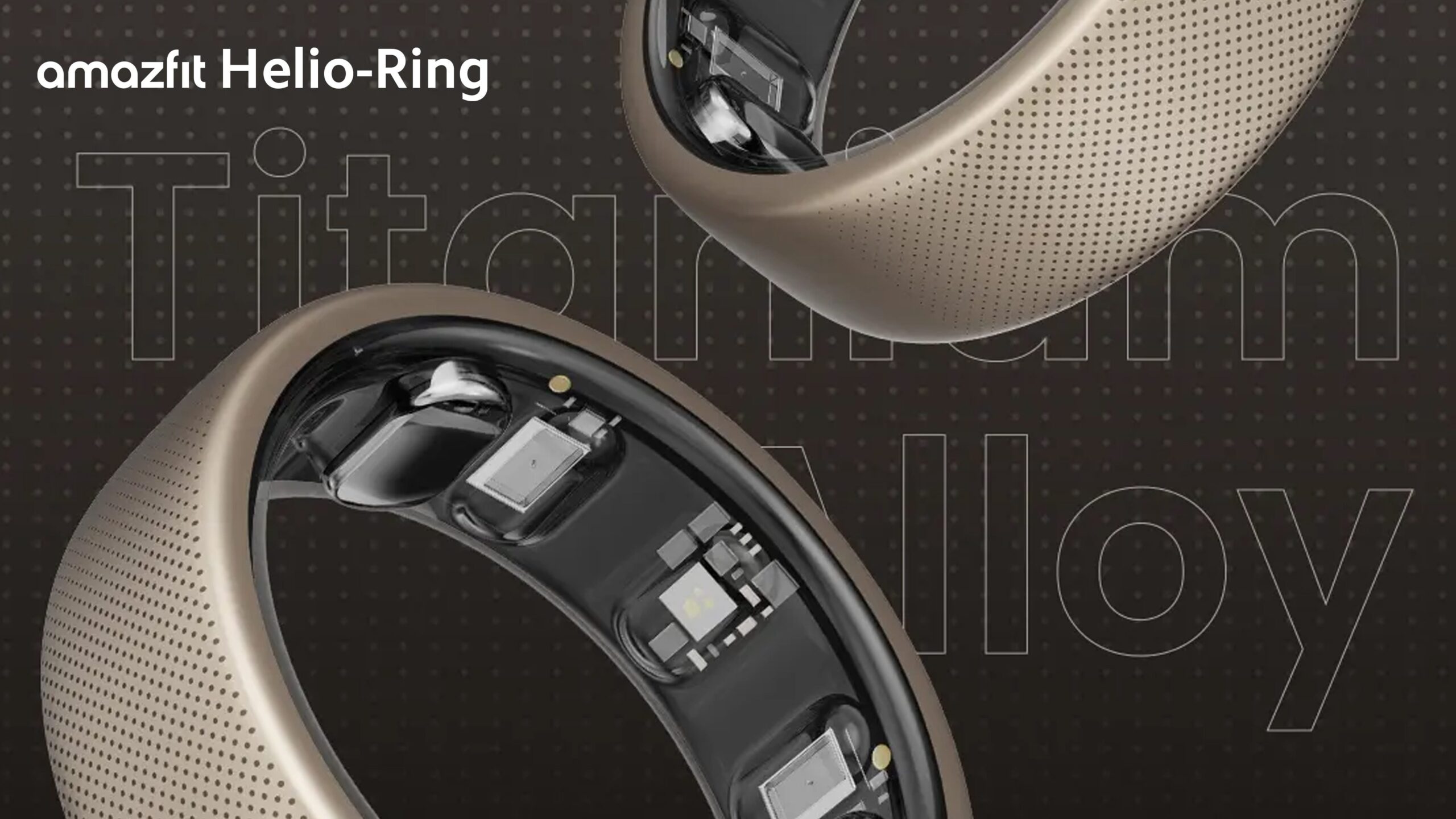The Amazfit Helio Ring: A Focused Recovery Tool for the Dedicated Athlete

The smart ring market is no longer a one-horse race. Once dominated by Oura, the space is now a hotbed of innovation, with tech giants and specialized players vying for a spot on your finger. Into this competitive arena steps Amazfit with its Helio Ring—a device that isn’t trying to be everything to everyone. Instead, it’s a laser-focused tool with a very specific mission: to perfect the art of recovery for serious athletes. It’s not an Oura-killer in the traditional sense; it’s a powerful ecosystem play that could be the missing link for many performance-driven users.
Design: Featherlight and Forgettable (In a Good Way)
From the moment you unbox it, the Helio Ring’s purpose is clear. Forged from a skin-friendly titanium alloy, it weighs under four grams, making it one of the lightest wearables on the market. This isn’t just a spec sheet boast; it translates to genuine real-world comfort. While wearing it 24/7, including during sleep and workouts, it’s remarkably easy to forget it’s even there. The polished “Champagne Gold” finish is elegant and understated, resisting the scuffs and scratches of daily life better than some of its matte-finished competitors.

Unlike a watch, a ring’s fit is absolute. Thankfully, Amazfit requires the use of a sizing kit to ensure a perfect, snug fit that is crucial for accurate sensor readings. The smooth inner surface and thin 2.5mm profile mean it rarely snags or feels cumbersome, even when gripping weights at the gym or typing on a keyboard. It’s a masterclass in minimalist, functional design where comfort reigns supreme.

Performance and Features: All About the Data
The Helio Ring isn’t burdened with extraneous features. There’s no haptic motor, no gesture control, and no NFC for payments. This is a deliberate choice. Its hardware is singularly focused on capturing high-quality biometric data: heart rate, heart rate variability (HRV), blood oxygen (SpO2), and skin temperature. The star of the show is how this data is synthesized within the Zepp app to produce a daily “Readiness” score.
This score, presented as a simple number out of 100, aims to tell you how prepared your body is for physical strain. It’s a direct response to similar metrics from Oura and Whoop, and it works well. The ring excels at sleep tracking, providing detailed breakdowns of sleep stages and offering insights that feel both accurate and actionable. During the day, it monitors your vitals, but its true power is unlocked when paired with an Amazfit watch like a Cheetah or T-Rex. The ring handles the nuanced recovery data, while the watch captures the high-intensity workout data with GPS. Together, they create a holistic picture of your stress, activity, and recovery cycle.

The Ecosystem Advantage (and Disadvantage)
Herein lies the Helio Ring’s greatest strength and its most significant limitation. For an existing Amazfit watch user, this ring is a game-changer. It seamlessly fills the data gaps, providing a more comfortable and accurate way to track sleep and recovery than a bulky watch. The data from both devices merges beautifully in the Zepp app, offering a unified dashboard of your athletic life.
However, for anyone not already in the Amazfit ecosystem—say, a dedicated Garmin or Apple Watch user—the Helio Ring is a much harder sell. It cannot function as a fully independent device for an athlete. Without a paired watch, it can’t record workout sessions, track your route, or provide real-time performance metrics. It’s explicitly designed to be one half of a whole, which will undoubtedly alienate a large segment of the market.
Value Proposition: The Subscription-Free Edge
Priced competitively against its main rival, the Helio Ring’s most compelling feature might just be on the balance sheet: there is no mandatory monthly subscription. This is a massive differentiator. While the initial hardware cost is similar to an Oura Ring, the long-term value is significantly better. You get access to all your data and the full suite of analytics in the Zepp app without the recurring fee that has become a sore point for many in the wearable community. When bundled with an Amazfit watch, the value proposition becomes even stronger, often costing less than a premium smartwatch from a competitor.
Final Verdict: The Athlete’s Companion
The Amazfit Helio Ring is not the smart ring for the masses. It’s an unapologetically niche device built for a specific user: the data-obsessed athlete who is already—or is willing to become—invested in the Amazfit ecosystem. It’s not trying to replace your smartwatch; it’s designed to perfect it.
If you’re a T-Rex or Cheetah user looking for more accurate sleep tracking and a unified recovery score without a subscription, the Helio Ring is an essential, near-perfect accessory. For everyone else, its dependency on a companion watch makes it a non-starter. Amazfit knew exactly who it was building this for, and for that target audience, it absolutely nails the execution.
Where to Buy:
Amazfit Helio Ring Quick Summary
Key Scores:
- Value: 85%
- Design: 90%
- Performance: 88%
- Quality: 92%
- Popularity: 80%
Top Pros
- ✅ Titanium alloy build is exceptionally comfortable for continuous wear.
- ✅ The absence of a subscription fee is a major advantage.
- ✅ Integrates perfectly with watches for comprehensive performance data.
- …
Key Cons
- ❌ Lacks standalone GPS or independent workout tracking capabilities.
- ❌ Functions primarily as a companion to an Amazfit watch.
- ❌ Limited smart features like haptics or mobile payment support.










 Visit Claritypoint.AI
Visit Claritypoint.AI






